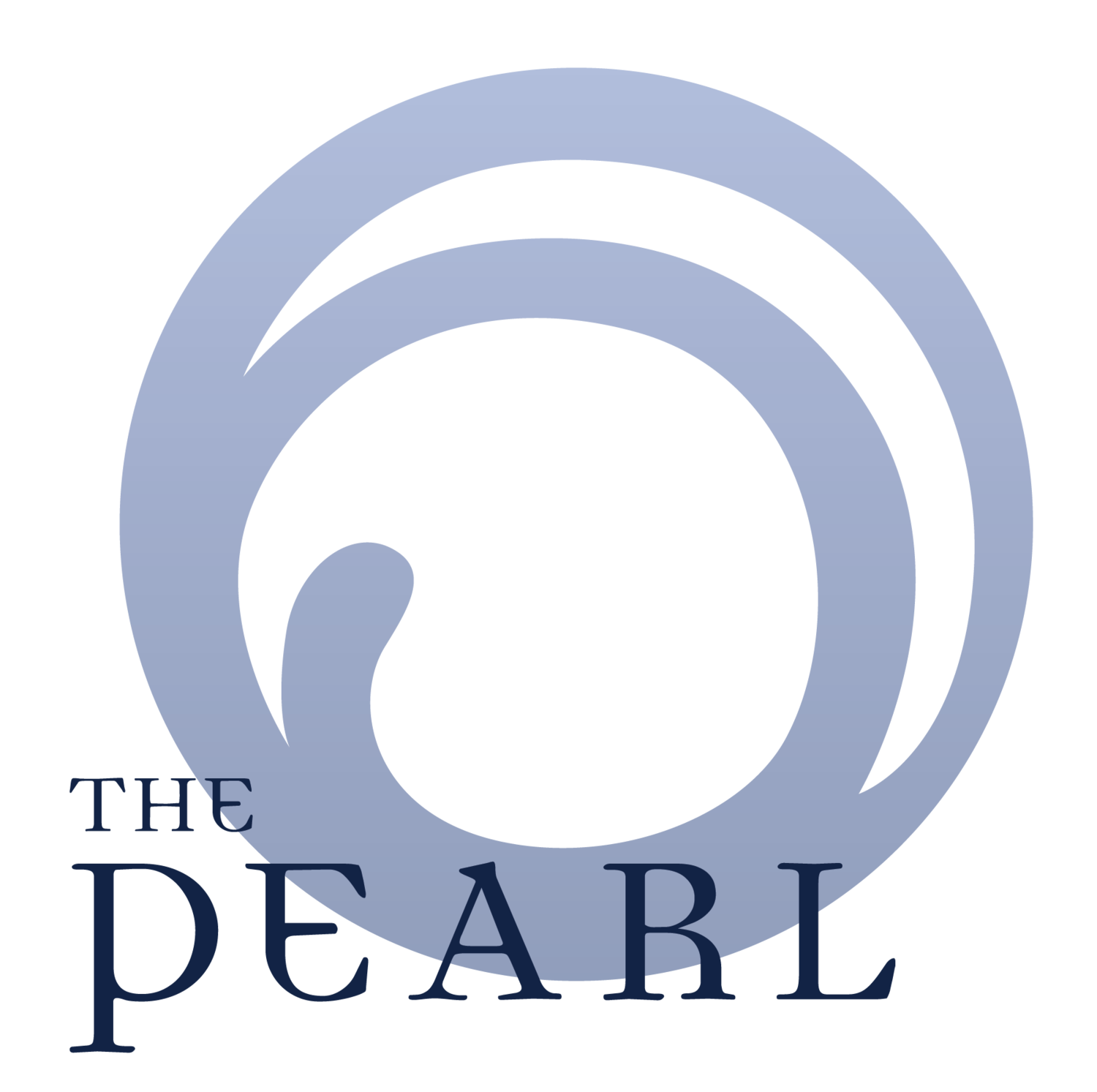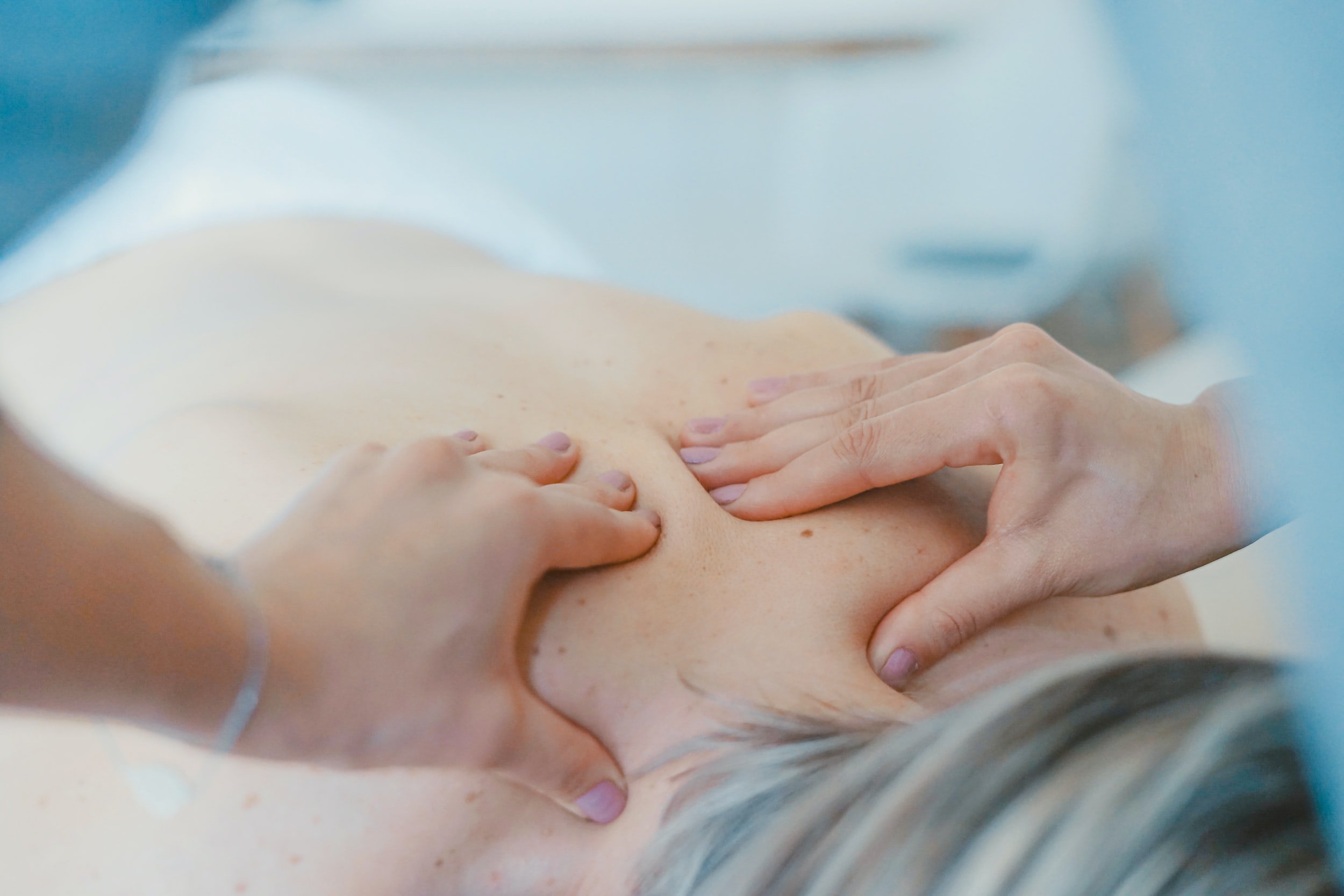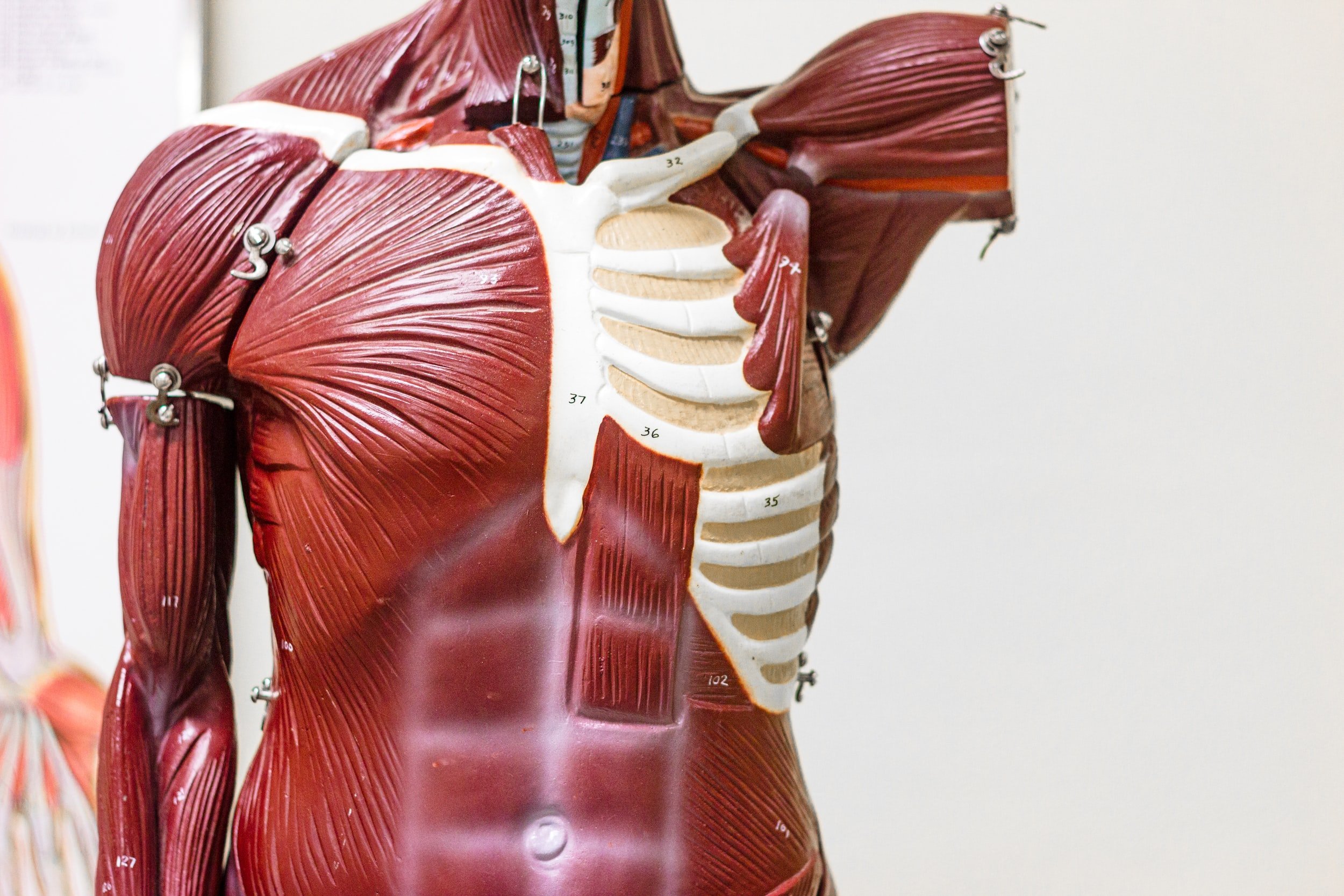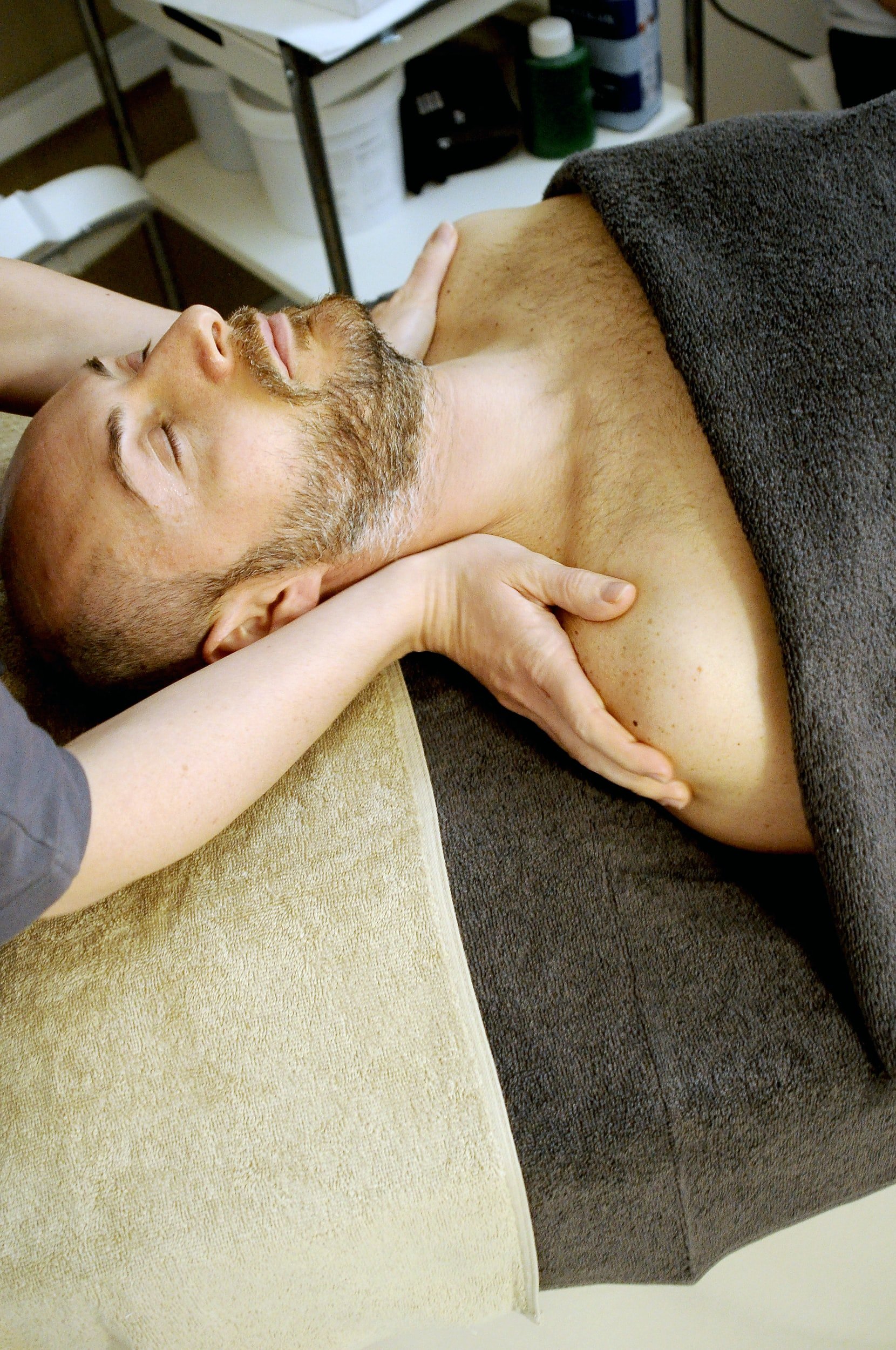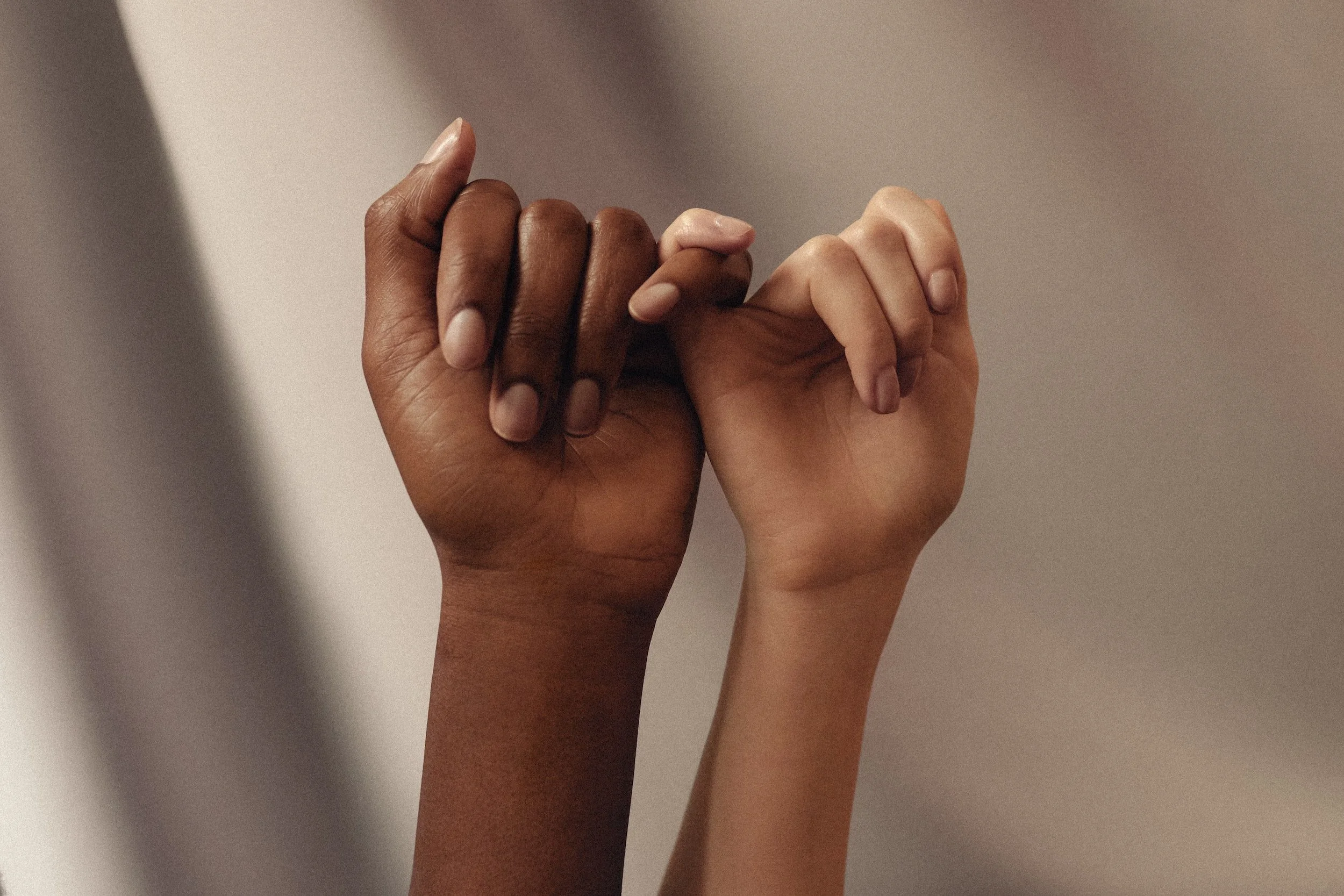Muscle Knots: A Q&A About Those Stubborn Knots (And How to Make Them Go Away)
Flowers are in bloom and the weather is warming up. There’s a new energy of life and vitality in the air. You might be doing a deep spring clean or preparing your veggie garden beds. Maybe the nicer days have you outside running or riding your bike along the Willamette River. Whatever it is that you are doing, I’m sure you’re starting to feel some muscle tension and may even be feeling pain from muscle knots. You might be asking yourself, as many clients have, “Why do I get these stubborn knots and will they ever go away?”
Q:“What are muscle knots?”
A:“Knots” aren’t actually knots at all, but are areas where muscle fibers contract together and limit blood flow. This can cause stiffness, immobility, and pain. Several contracted muscle fibers in the same area create a “knot.” Because these fibers are already contracted, their strength and range of motion is greatly reduced. This cycle of pain and dysfunction can cause muscles to become weakened and more irritated. This, then, can refer to other muscle groups making them contract. When a muscle is knotted it restricts blood flow. Oxygen and nutrients have a harder time finding their way deep into the muscle, and it’s harder to process the elimination of waste. Ever felt a crunch when massaging a knot? That crunchy feeling can be scar tissue, metabolic waste buildup, or fascial adhesions in your muscle.
Muscle knots can be present in both superficial muscles, like the trapezius, and deeper ones like the rhomboids, which reside under the trapezius. Typically muscles knot and seize due to repetitive motion, posture, or stress. Do you notice upper back pain in the trapezius and rhomboids? It could be due to repetitive actions like working at a computer all day, looking down at your phone, or diving deep into a novel you can’t put down. However, there can also be emotional causes; depression, grief and heartbreak will typically round the shoulders forward to protect the heart.
Q: “Are muscle knots preventable?”
A: Yes, however it involves a conscious effort to correct posture and incorporate stretching and exercise into your daily routine. Sitting with proper posture and making corrections will over time reduce stubborn knots. Pulling your shoulders back and dropping them down from your ears while opening your chest helps to mitigate the effects of hunching. Stretching the chest muscles routinely is a good practice to relieve muscle tension in the mid back between your shoulders. Try utilizing chest opening yoga poses like Cat/Cow, Warrior 1, Camel or Bow pose throughout the day, particularly after long periods of sitting or working at a computer. As your shoulders pull and round forward, the trapezius and rhomboids are lengthened and the pectoral muscles shorten. Practicing chest opening stretches throughout the day will assist in relieving tension in the upper back and shoulders. Similarly, tension in the low back could be assisted by strengthening and engaging the abdominal muscles more throughout the day.
Q: “Do muscle knots go away on their own?”
A: Not without some assistance. The contracted muscle fibers need to be relaxed and/or strengthened in some way to allow blood to flow easily, assisting in waste elimination and healing. This is most of the work a massage therapist does. By manually manipulating the muscles of the body, a massage therapist can speed up the process of relieving knots. You can also apply heat and ice to sore areas, utilize self massage tools like an S-hook or racquetball, or try a massage gun. I also recommend Epsom salt baths to bring more magnesium into the body, which helps the muscles relax and is essential for proper muscle function. Acupuncture has been proven to be useful at releasing muscle knots as well. If the pain is persistent or due to a previous injury or motor vehicle accident, you may need to work with a Physical Therapist as well as a Massage Therapist.
Q: “Can a massage get rid of all my muscle knots?”
A: Yes and no– it depends on several variables. How often you receive massage, how often you stretch/exercise, whether there’s a previous injury and how tightly wound up the muscle fibers are contribute to the overall success of the massage in relieving knots. If you've never received a professional massage, you will likely still have some deeper muscle knots to work out after the first session. There's only so much a therapist can work out in one session while avoiding damage to the muscles by working too deep too quickly.
It is generally recommended to book a 90-minute or 2-hour session to allot enough time to work on trouble areas while still providing a full body massage; however, each body is different and holds tension differently. Some require deep tissue work and trigger point therapy which requires a sustained held position and slow movement to release. This can last anywhere from 5-10 minutes per knot depending on the body's holding patterns. Others require sports massage or even a gentler relaxation approach which may seem counter intuitive. Most believe that a deep muscle knot needs deep tissue to work it out. However, if you’re not used to deep tissue, your body could actually tense up more instead of relaxing.
Relaxation of the mind is half the battle in loosening tight muscles. While working on the areas themselves definitely provides relief, overall relaxation and down-regulation of the nervous system still has far-reaching benefits that extend to reduced muscle tension and your experience of pain. The body, mind, and spirit are all connected, and emotions from traumatic life events can be held in muscles, presenting themselves as knots or tightness. You may notice your body holds a lot of tension in areas you wouldn't have expected after a traumatic life event, like the quads and glutes, which can cause severe sciatic nerve pain. It can take several continuous sessions over a period of time, experimenting with different massage techniques and even energetic modalities, for these areas to release because the mind and spirit are not at rest. So don’t be discouraged if that first session doesn’t work everything out. Healing can take time and consistent effort.
Life will continue to flow and renew just like Spring will always follow Winter. There will be times in your life where you will undoubtedly have more stress than others and times where you may be more active than others. Massage isn’t a one time cure all for muscle knots and tension, but, just like proper diet and exercise, it can become part of a lifestyle upgrade that allows you to age gracefully with more ease.
Jessica Figurski, LMT
The Pearl Day Spa
